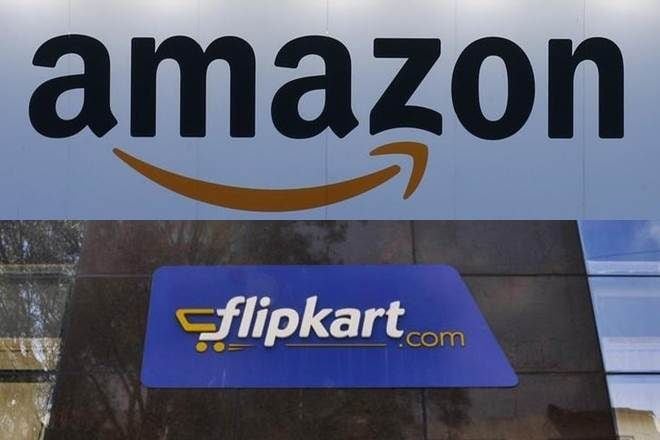By Devika Singh
Realising the lucrative opportunity that the fashion category represents in the smaller towns, horizontal e-commerce marketplaces are headed that way. According to RedSeer Consulting, in 2018, tier II markets and beyond accounted for only 40% share of the overall e-tailing gross merchandise value (GMV) of $22 billion. As this figure is expected to grow to $70-75 billion by 2023, the contribution of these markets could go up to 70%.
Another report states that fashion, the top-selling category in e-tail, grew by 44% (y-o-y) in the first half of FY19, outpacing the growth of overall e-commerce (30%). Interestingly, growth for the erstwhile leading category — mobiles (electronics) — dropped from 28% to 12% in the same period. “Other categories have taken time to adopt online; therefore, marketplaces chiefly depend on fashion and electronics to acquire new customers,” Ankur Bisen, senior VP – retail and consumer products, Technopak. “Unlike mobile, which is a need-based category, players can control offerings in the fashion category and tweak them to suit customer needs. It is, therefore, a big driver for e-commerce.”
The two e-commerce behemoths in India, Flipkart and Amazon, are sprucing up their fashion offerings to appeal to consumers in the hinterlands. Apart from being an attractive entry point for online marketplaces to expand their reach in the smaller towns, fashion, as a category, offers very high margins. These margins go even higher when marketplaces launch private labels. Further, the low price-points help lure first-time users.
Fashion goals
Amazon claims around 65% of sales within its fashion vertical in India comes from tier II and III towns. The e-commerce giant is fortifying its focus on the tier I, II and III towns, as well as beyond, in its bid to “make fashion accessible across India”. Bigger product images and videos alongside product descriptions are some of the tweaks the e-commerce player has made recently.
“Touch and feel is very important in this category, so we give customers the flexibility to return the product in 30 days. We also have two-day delivery guarantee in 200 cities, which is comforting to customers who are new to online shopping,” says Mayank Shivam, director, category management, Amazon Fashion, India.
According to Shivam, customers in these cities are much more value-conscious than price-conscious. And because they have limited options available offline, they
are “willing to shell out more if they see value”.
“We want to address their diverse needs; hence we have tie-ups with Max Fashion as well as brands such as Puma and United Colors of Benetton,” Shivam adds.
Meanwhile, Flipkart as a whole currently has the largest share in the overall fashion e-tailing pie (about 65-70%) due to its group verticals — Myntra and Jabong. It has been particularly pushing Flipkart Fashion of late to woo customers in the smaller towns, since Myntra and Jabong have a more premium appeal. Besides, the e-tailer has tied up with Lifestyle International and global lifestyle brand Nautica.
Recently, Flipkart also introduced a Hindi interface across its platforms, while Amazon, too, added Hindi to its website and iOS app. The global e-commerce major had introduced Hindi to its mobile site and Android app last year. There are plans to launch offerings in multiple regional languages as well.
One size won’t fit all
Experts say e-commerce players ought to look at smaller towns differently, as the consumers there are unique compared to those in tech-savvy metros. Ujjwal Chaudhry, director, RedSeer Consulting, says, “Metro consumers buy more branded products, but the same value proposition would not be as attractive to a tier II consumer.”
Moreover, marketplaces need to walk the tightrope between the latest fashion and affordability, something Chinese players have managed to do, to an extent. Satish Meena, senior forecast analyst at Forrester Research, says, “Due to the rise of Chinese e-tail companies, the overall ticket size in the fashion category has also come down. That’s something marketplaces need to take into account.”
Since these markets house a large number of first-time online shoppers, a focus on customer support, availability in multiple languages and better user interface is crucial. Standardising size and quality is another key aspect when operating in the smaller towns, since consumers are used to touching and trying on products before buying.

